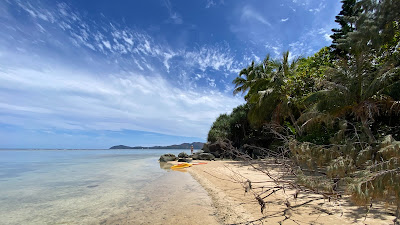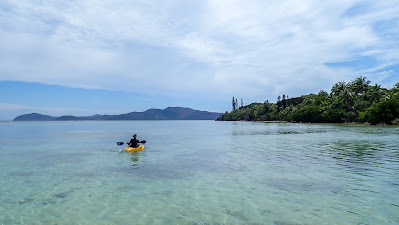Columbretes Islands, Mediterranean, Spain
The Mediterranean Sea is a global biodiversity hotspot, home to iconic species like sea turtles, monk seals, groupers, dolphins, and whales.
Despite covering less than 1% of the world’s ocean surface, the Mediterranean Sea is home to 10% of all known marine species, and 28% of them are found nowhere else on Earth.
But this precious sea is in crisis...
Centuries of overfishing, coastal development, and pollution have pushed many species and ecosystems in the Med to the edge.
To turn the tide, one of the most effective tools we have is the creation of marine reserves, areas of the sea where nature is given space to recover and thrive, free from harmful human activity.
An example is the Columbretes Natural and Marine Reserve, situated northeast of Valencia off the eastern coast of Spain.
Established in 1990, this protected area surrounds a small volcanic archipelago and serves as a vital sanctuary for marine life. Fishing is strictly prohibited, allowing the ecosystem to recover and thrive.
In reserves like Columbretes, we see the real, measurable benefits of protection: fish populations recover, habitats regenerate, and biodiversity flourishes. These positive effects often extend beyond the borders of the reserve, contributing to healthier seas and more sustainable fisheries in surrounding areas.
Only a small fraction of the Mediterranean is fully protected, far less than what is needed to safeguard the future of this unique sea.
We urgently need to expand and support marine protected areas, they are not about closing the sea, they're about giving it a chance to heal.









































































